Pune
A complete tourist and cultural guide
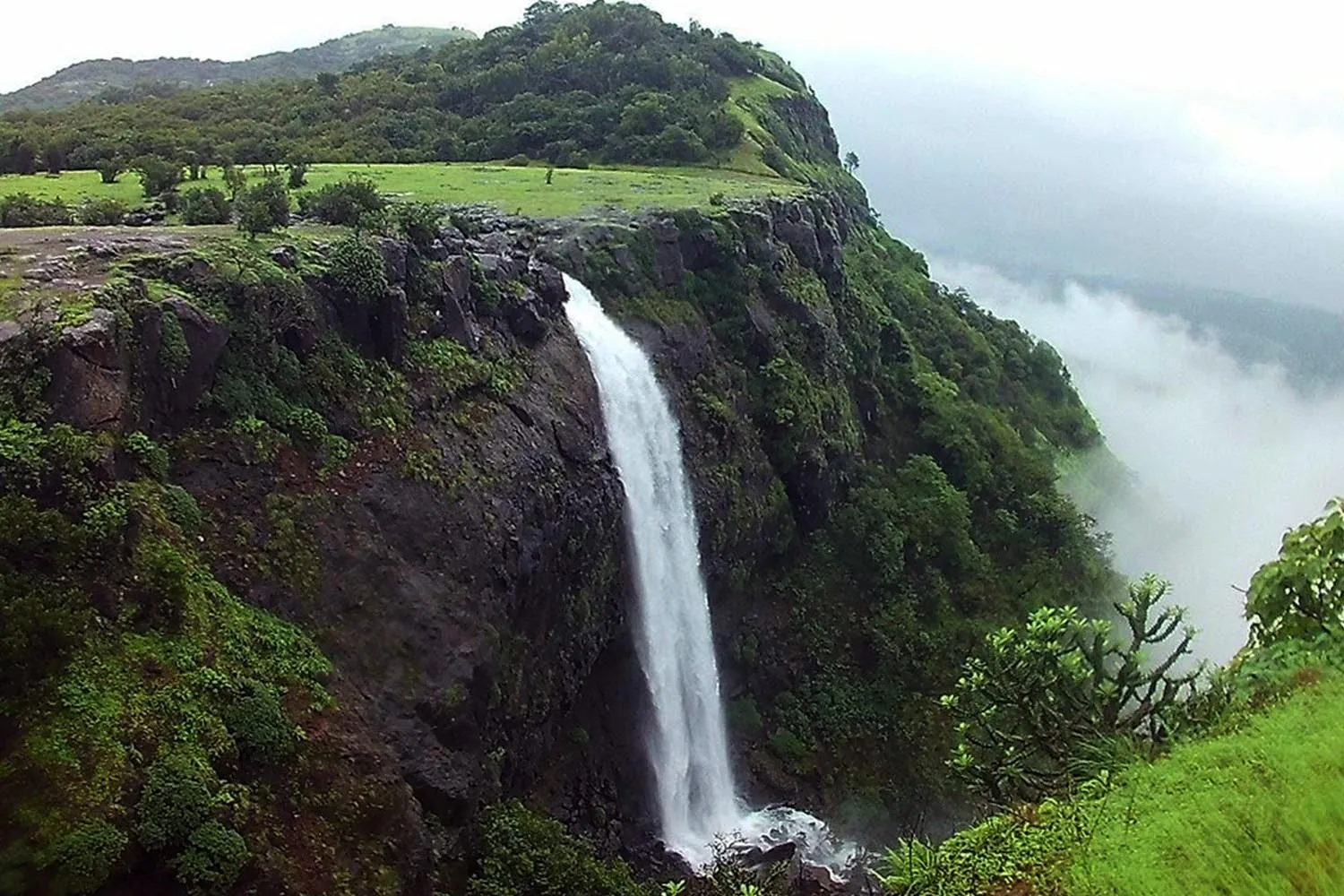
Nestled in the Western Ghats, Pune is a dynamic blend of history, academia, and modern living. Once the seat of the Maratha Empire, the city boasts grand forts, cultural landmarks, and a thriving arts scene. With a youthful energy, diverse culinary delights, and a growing tech presence, Pune effortlessly bridges tradition and innovation. Whether you’re drawn to its spiritual roots, colonial charm, or vibrant street life—there’s something here for every traveler.
Wiki Link : Pune
Must-Visit Attractions in Pune

Shaniwar Wada
Once the seat of the Peshwas, Shaniwar Wada is a majestic fort that echoes stories of Maratha valour and intrigue.
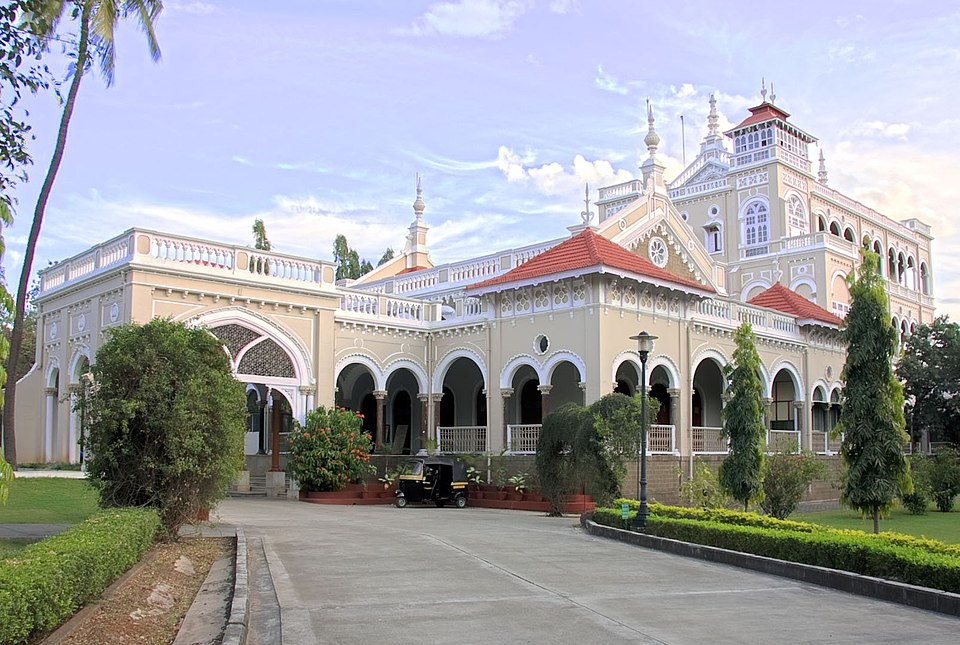
Aga Khan Palace
Elegant palace served as a prison for Mahatma Gandhi and his associates during the Quit India Movement.

Dagdusheth Halwai Ganpati Temple
A beloved icon of faith, this temple is known for its richly adorned idol of Lord Ganesha.

Sinhagad Fort
Perched atop a rugged hill, is popular and history buffs alike. The fort offers panoramic views of the Sahyadri ranges
Major Attractions Nearby Pune
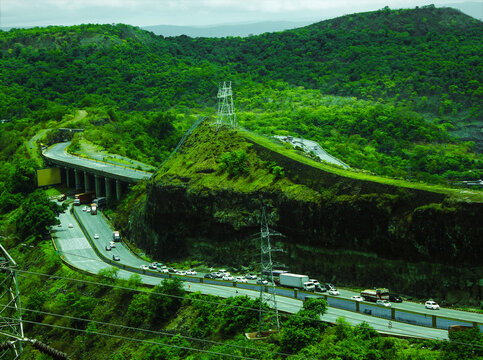
Lonavala & Khandala
These twin hill stations are known for lush green valleys, waterfalls, and cool mountain air.

Lavasa
Inspired by Italian townships, Lavasa offers colorful architecture, a scenic lake promenade, and adventure sports.
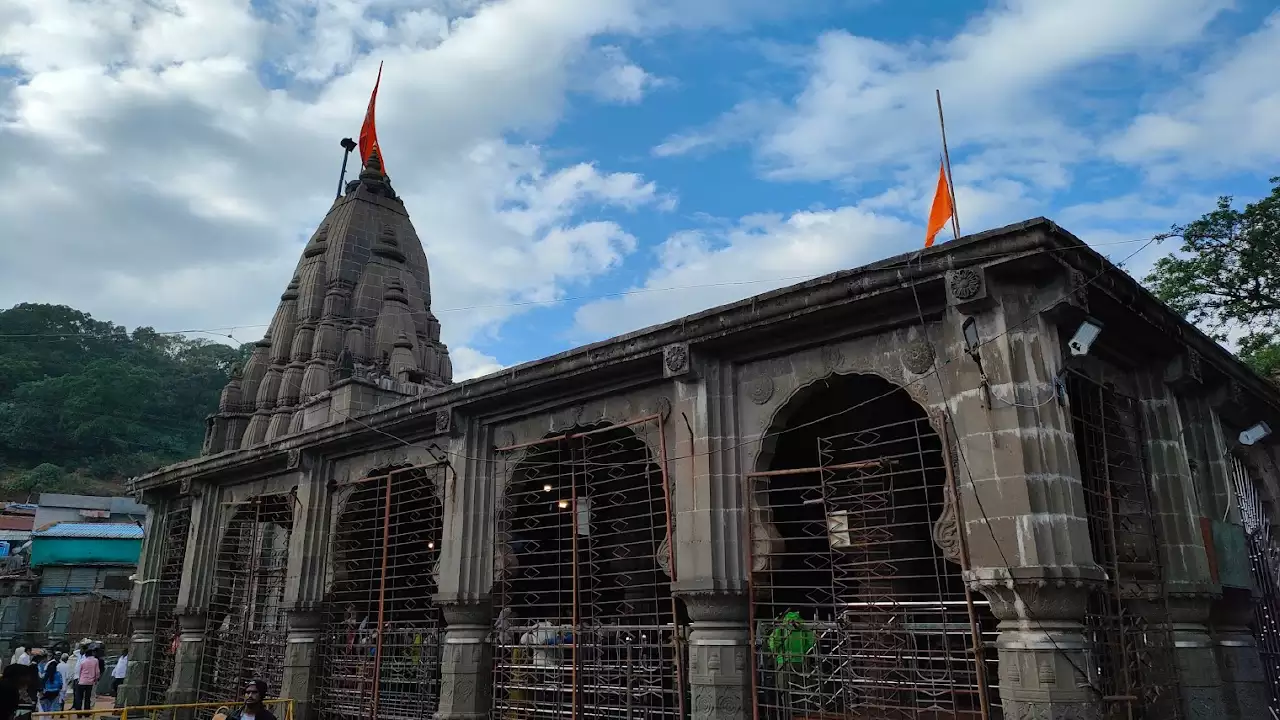
Bhimashankar Temple
Ancient Shiva temple is not only a pilgrimage destination but also part of a wildlife sanctuary.

Rajmachi Fort
A mix of adventure and history, the fort’s strategic position and surrounding green trails make it an ideal hiking spot
Things to do in Pune
Experience the cultural, spiritual, and intellectual pulse of the city through its vibrant traditions, food, and daily life.
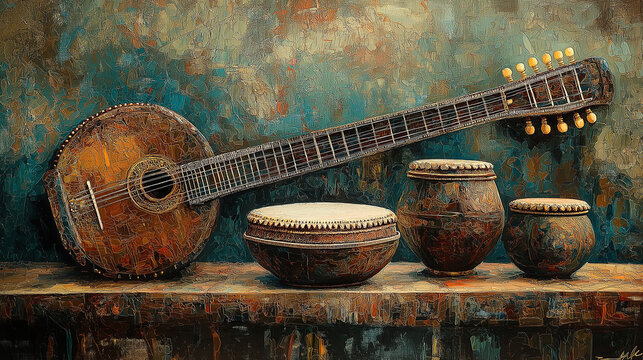
Classical Music Concert
Pune hosts numerous Indian classical music festivals and baithaks, especially during Sawai Gandharva Bhimsen Mahotsav.

Cultural Workshops or Literature Events
Join poetry readings, or Marathi literature meets that are frequently held in the city’s many cultural spaces & auditoriums.

Local Food Trails
Try Puneri misal, bhakarwadi, and mastani at local eateries and food streets. From vintage cafes to age-old sweet shops, Pune is a haven for foodies.
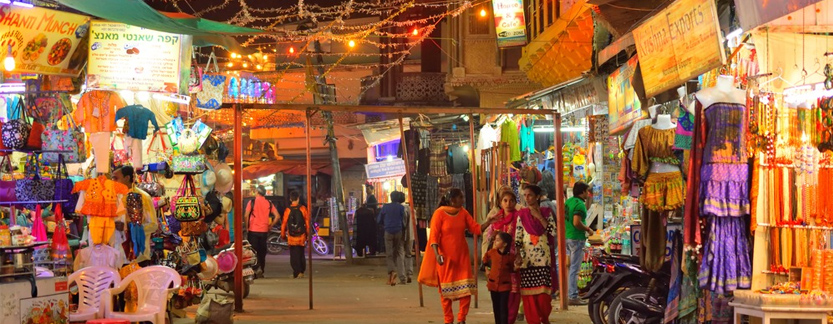
Heritage Walking Tour
Walk through old Peth areas, learn about Maratha legacy, and discover colonial architecture on curated heritage walks.
The Performing Art of Pune
Boasts a rich legacy of performing arts deeply rooted in Maharashtrian culture. It is a major hub for classical music, particularly Hindustani vocal traditions like the Kirana and Gwalior gharanas, with legendary artists having performed and taught here. Theatre holds a prominent place, with vibrant Marathi natak (drama) performances staged at venues like Balgandharva Rangmandir. Traditional dance forms like Lavani and Tamasha are also celebrated, offering a blend of storytelling, rhythm, and expressive art. Pune’s annual cultural festivals keep this artistic spirit alive, drawing audiences from across the country.
Lavani Music
Natya Sangeet
Kirana Gharana
A vital hub for Hindustani classical music, with the Kirana Gharana playing a key role in shaping its legacy. Styles like Khayal, Natya Sangeet, and Bhavageet thrive in the city’s musical culture. From soulful ragas to folk-inspired melodies, Pune’s music reflects a rich blend of tradition, expression, and performance.
Lavani
Kathak
Bharatanatyam
Renowned styles like Lavani, Bharatanatyam, and Kathak are often performed at cultural festivals and auditoriums across the city. While Lavani captivates with its energetic rhythm and expressiveness, Bharatanatyam and Kathak bring graceful storytelling rooted in ancient epics.

City Vibes - Historical yet Modern
Exudes a unique blend of modernity and spirituality, where age-old traditions coexist with contemporary lifestyles. The city’s calm temples, sacred ghats, and serene ashrams offer peaceful retreats amid urban hustle. Sites like Dagdusheth Halwai Ganpati Temple and Parvati Hill not only showcase architectural elegance but also embody the city’s deep spiritual roots. Whether it’s early morning chants or festive celebrations, Pune’s spiritual rhythm adds a timeless charm to its vibrant cityscape.
Heritage of Pune
Pune’s heritage is deeply rooted in its Maratha legacy, colonial past, and intellectual awakening. Once the seat of the Peshwas, the city boasts grand structures like Shaniwar Wada and Lal Mahal that reflect its regal history. British-era buildings and educational institutions speak to its colonial influence and role in shaping modern India. Known as the “Oxford of the East,” Pune also played a pivotal role in India’s freedom movement and socio-cultural evolution.

Cuisine of Pune
Pune is a paradise for food lovers, offering a variety of traditional delights.
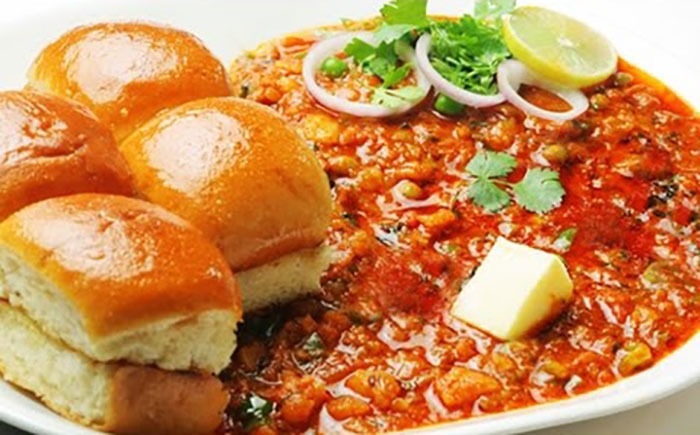
Misal Pav
A fiery mix of sprouts curry (usal), topped with crunchy farsan, onions, and served with buttered pav. Misal Pav is a beloved breakfast and street food staple in Pune.
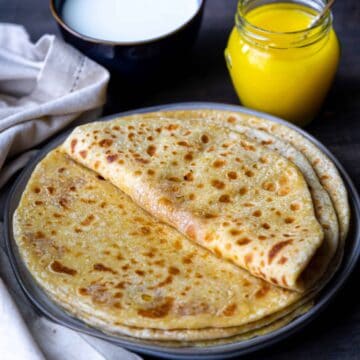
Puran Poli
This sweet flatbread made with jaggery and chana dal filling is a festive delight in Pune households, especially during Holi and Ganesh Chaturthi.
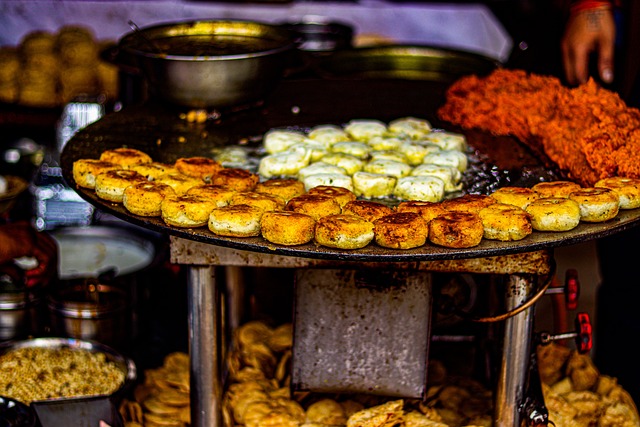
Vada Pav
The go-to snack for Punekars, Vada Pav features a spicy potato fritter stuffed in a pav bun, often accompanied by garlic chutney and fried chilies.
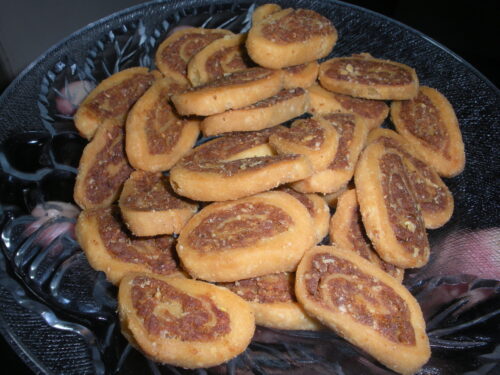
Bhakarwadi
A crunchy, spiral-shaped snack made with spiced gram flour filling and rolled in dough. It is a popular munchie and makes for a perfect souvenir from Pune.
Shopping in Pune
Offers a vibrant shopping experience, blending traditional charm with modern flair. From street bazaars to chic boutiques, the city caters to every shopper’s delight.

Paithani Sarees
Handwoven silk sarees, often gifted during weddings, are prized for vibrant colors and gold-thread borders.
Kolhapuri Chappals
Crafted from pure leather, these iconic slip-ons are both stylish and comfortable.
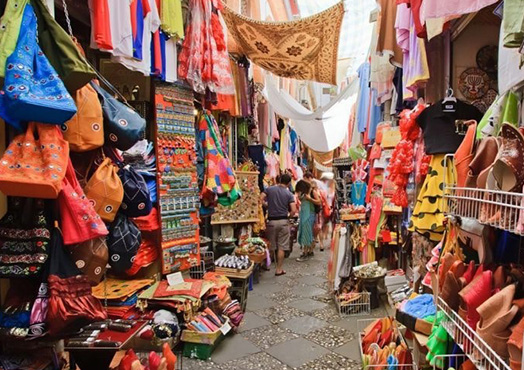
Local Handicrafts
From wooden toys to clay figurines and brass items, local bazaars are filled with beautifully made artisan pieces.

Spiritual Souvenirs
Visit the Osho Ashram markets for robes, books, meditation CDs, and other spiritual items unique.
Tourist's Handbook
The ideal time to visit Pune is during the winter months, from October to February, when the weather is cool, dry, and pleasant. This season is perfect for exploring historical landmarks, enjoying outdoor cafes, and participating in cultural festivals. The monsoon (June to September) brings lush greenery but also heavy showers, while summers (March to May) can be hot and dry—less suitable for daytime sightseeing.
Be Alert in Crowded Markets – Popular spots like Laxmi Road and Tulsi Baug can get crowded; keep your belongings secure and be cautious of pickpockets.
Use Trusted Transport – Stick to registered cabs or app-based services like Ola or Uber, especially at night.
Avoid Isolated Areas After Dark – While Pune is generally safe, avoid deserted parks or alleys late at night.
Stay Hydrated with Bottled Water – Choose sealed bottled water over tap water to prevent stomach issues.
Follow Local Etiquette – Dress modestly when visiting temples or heritage sites, and avoid loud behavior in sacred or residential areas.
Navigating Pune is convenient with a mix of traditional and modern transport options. Auto-rickshaws and app-based cabs like Ola and Uber are widely available for short and long distances. The PMPML city buses cover most areas affordably, and the recently introduced Pune Metro is ideal for certain corridors. For exploring heritage spots or markets, walking or renting a two-wheeler can be enjoyable. Traffic can be heavy during peak hours, so plan travel times accordingly.
Auto Fare Manipulation – Some auto-rickshaw drivers may refuse meters or overcharge. Use fare apps or negotiate clearly before starting the ride.
Fake Travel Agents – Beware of unauthorized agents selling tour packages. Always verify credentials or book through trusted platforms.
Counterfeit Products in Markets – While shopping in street markets, be cautious of branded goods sold at unrealistic prices.
Pickpocketing in Crowded Areas – Stay alert in bustling spots like MG Road or railway stations; keep valuables secure.
Scam Donations – Some individuals may ask for donations for fake causes near temples or public spaces. Politely decline or verify through local authorities.
Pune Blogs
- Maharashtra Cultural guide
- Places to visit in Maharashtra
- Places to visit nearby Maharashtra
- India’s most popular destination
- India’s archaeological marvels
Recommended articles
- Maharashtra Cultural guide
- Places to visit in Pune
- Places to visit nearby Pune
- India’s most popular destination

